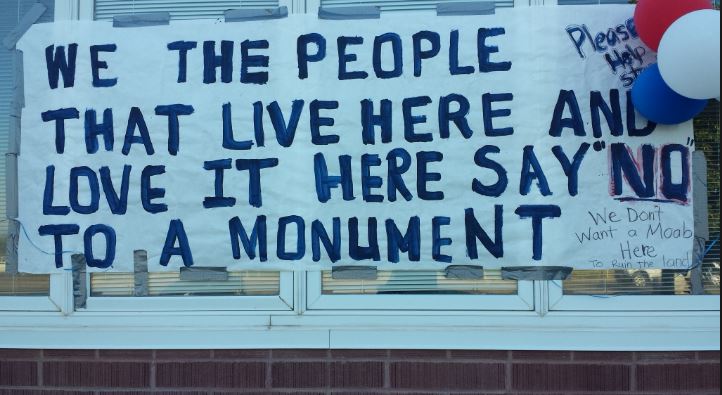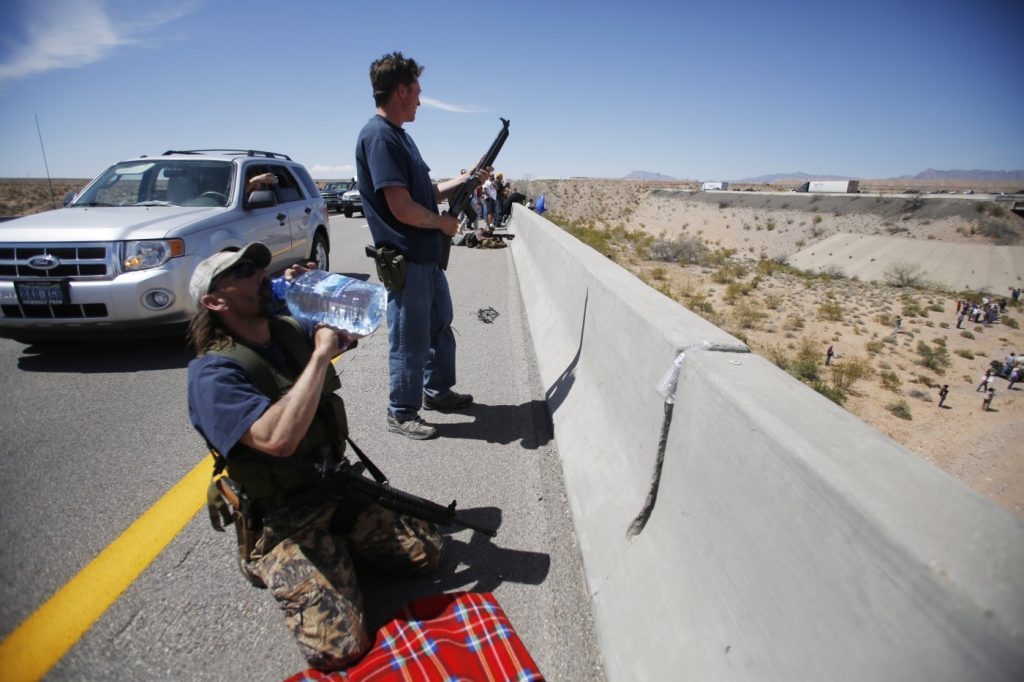Massive tracts of land being declared National Monuments violates the very Antiquities Act used to enact them as they are to be “confined to the smallest area compatible with proper care and management of the objects to be protected.” What object is being protected that requires a landmass larger than Delaware to protect it? The Act was never intended as a land management tool. It subverts the Congressional process that has been ongoing for years and tramples State sovereignty.
Why Oppose the Bears Ears National Monument?
I am the owner of Cedar Mesa Pottery and a lifelong resident of Blanding with roots back three generations. My great-grandfather Walter C. Lyman was a member of the Hole in the Rock expedition. I am currently serving my third four-year term on the City Council. I believe government closer to the people is always preferable to government from a distance and that government is best which governs least.

Property rights exist in the area which do not meet the definition of being “lands owned or controlled by the Government of the United States” including 43 grazing allotments, 661 water-rights, 151,000 acres of State Trust land, 18,000 acres of private property and hundreds of miles of roads and infrastructure.
The protections sought by monument proponents are already in place and there is abundant evidence that a monument designation will increase the threat to archaeology in the area. The National Park Service has at least a two-year backlog in maintenance already and is not able to do more. Outdoor recreation will be curtailed, not enhanced.
The Bears Ears area has special significance to the local chapter of the Navajo Nation (Dineh). It was home to Chief Manuelito. The local Dineh overwhelmingly oppose the monument in contrast to the Navajo and other tribal leaders from distant places who know little or nothing of the area. Recently Ute Tribal leaders in Utah and Colorado who supported the monument were voted out of office; the victors have not yet made clear how they feel about it.
Many of the Anglo population have roots in the Hole in the Rock expedition that settled families in the area in the late 1800s, the last years of Chief Manuelito. The expedition was saved in part when advanced scouts climbed Salvation Knoll, the southernmost tip of Elk Mountain just below the Bears Ears to get their bearings. They established towns and developed water resources, built schools, farmed and ranched, mined and cut timber to survive.
For generations, the local people have used and cared for this land. We are the reason it is still in the relatively pristine condition that others deem worthy of protection. Mismanagement by a distant bankrupt bureaucracy with little understanding of the land and how to use and preserve it will cause irreparable damage to the fabric of the local communities.
For generations, the local people have used and cared for this land. We are the reason it is still in the relatively pristine condition that others deem worthy of protection. Mismanagement by a distant bankrupt bureaucracy with little understanding of the land and how to use and preserve it will cause irreparable damage to the fabric of the local communities.
The historical traditions of Navajo, Ute, Hispanic and Anglos alike include cattle grazing, wood and herb gathering and hunting among other activities. Mineral extraction and timber harvesting created jobs and the tax base to support our schools and build the roads used to access the area for these uses as well as for recreation. Continued multiple use of the land is vital to our way of life and our economic survival. An increase in seasonal tourism is no replacement for a diverse and healthy economy.
For generations, the local people have used and cared for this land. We are the reason it is still in the relatively pristine condition that others deem worthy of protection. Mismanagement by a distant bankrupt bureaucracy with little understanding of the land and how to use and preserve it will cause irreparable damage to the fabric of the local communities. Blanding and Monticello city councils have both passed resolutions opposing the monument.
We have been told by proponents of the monument that our reliance on the land doesn’t matter or that it is a lie. We have been told we have no right to live here and that we should move. Most proponents of the monument are not so calloused and cold on the surface but the results of a monument designation are the same regardless of their intentions.
To others this is a vacation spot, a temporary get-away, a playground and we welcome your visit. To us it is part of our way of life and the source of our livelihood and the backbone of our culture and traditions. It is our Home. Read more at: http://www.savebearsears.com
To others this is a vacation spot, a temporary get-away, a playground and we welcome your visit. To us it is part of our way of life and the source of our livelihood and the backbone of our culture and traditions. It is our Home. Read more at: http://www.savebearsears.com
By Joe Lyman






Keep fighting Joe! We in Washington County support you and will pray for you out there.